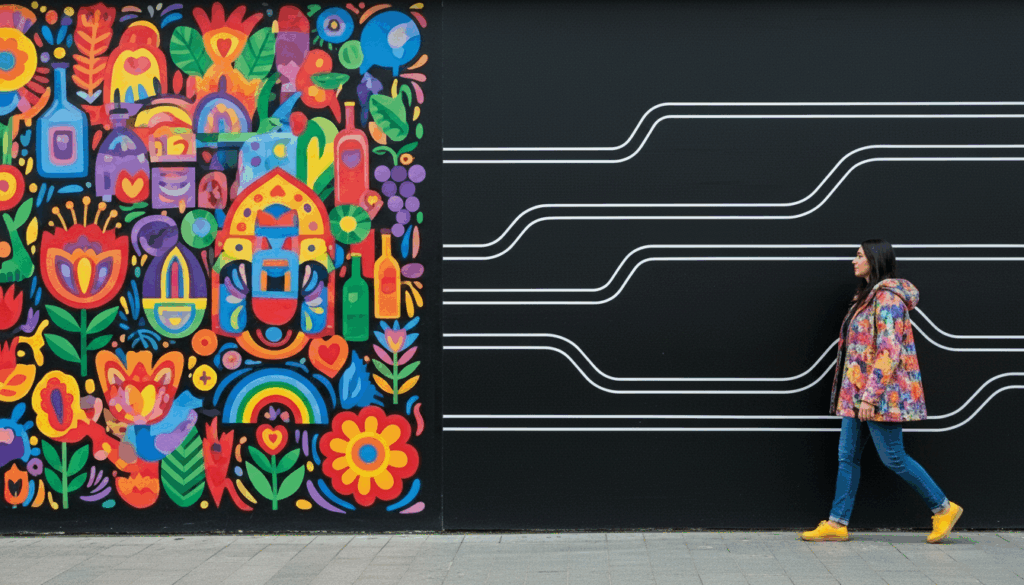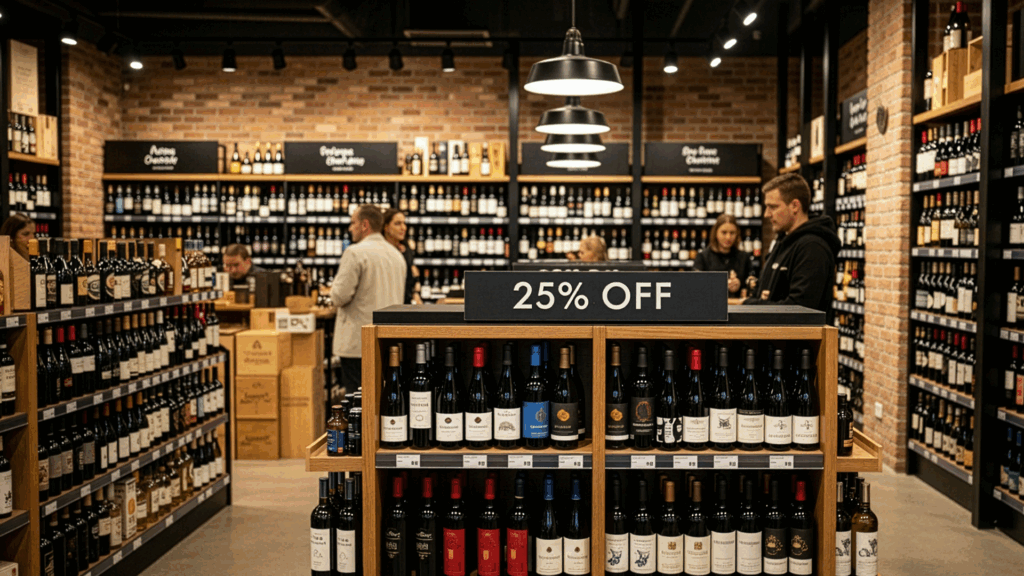If you own or manage a wine brand, you already know the hardest part of the job isn’t making great wine it’s getting it into the right hands.
For decades, wine sales have flowed through distributors, retailers and restaurants. They’ve done the heavy lifting of reaching consumers. But here’s the catch: when someone buys your wine through a third party, you don’t really know who they are or why they chose you.
That’s where direct-to-consumer (DTC) comes in. It’s not a buzzword or a Silicon Valley idea. It’s the modern way for wineries to build real relationships, stronger margins, and sustainable growth.
Why Going Direct Matters
When you sell directly to the people who drink your wine, three powerful things happen:
You own the relationship: Every sale becomes a two-way conversation. You know who they are, what they enjoy, and how to serve them better.
You own the margin: No more losing 40–50% of revenue to distribution layers. That extra margin can be reinvested in storytelling, hospitality or innovation.
You own the experience: Every email, delivery and tasting becomes an extension of your brand not just another bottle on a crowded shelf.
In an era where younger drinkers value connection and authenticity over exclusivity, that ownership is everything.
A 2024 Wine Intelligence report noted that Millennial and Gen Z consumers in South Africa and Australia are twice as likely to buy directly from a winery if they feel emotionally connected to it (Wine Intelligence, April 2024).
That means your story matters just as much as your vintage.
The Missed Opportunity
Many South African and Australian estates still treat DTC as a side project, a small online store or occasional email blast. Yet the most successful wine brands treat it as their core growth channel, not an afterthought.
When you own the relationship, you reduce dependency on market conditions. Whether the restaurant trade slows or tourism dips, your loyal customers remain steady.
It’s how wine icons like Spier in Stellenbosch, South Africa or Wirra Wirra in Mclaren Vale, Australia have quietly built steady online followings. They mix heritage with modern hospitality creating digital experiences that feel just as warm as walking through the vines.
Start Small, but Start Now
The beauty of DTC is that it doesn’t require massive change.
Start with three simple steps:
1. Collect contacts at every touchpoint.
Add a QR code or tablet at tastings where visitors can sign up for updates, offers or events. Keep it light, one click, one promise.
2. Send one story-driven email per month.
Share what’s happening on the farm, a behind-the-barrel update, or a winemaker’s tip. Keep it human. People want to feel part of your world, not your mailing list.
3. Add a small online incentive.
A first-order thank-you code, a “winemaker’s pick” case, or early access to new releases. It’s not about discounting it’s about appreciation.
You’ll be surprised how quickly those small habits build momentum.
Make Every Delivery Feel Personal
Every order is a chance to build loyalty. A handwritten note, a thank-you email, or even a QR code linking to a 30-second “cheers” video makes an impression that lasts.
In the cluttered world of ecommerce, small touches cut through algorithms. Think of each delivery as an extension of your hospitality. You wouldn’t pour a glass in your tasting room without conversation; your shipping box should feel the same warm, thoughtful, personal.
Turn Buyers into Members
Once customers buy twice, they’re ready for a relationship. That’s where wine clubs and subscriptions shine.
Instead of a transactional sale, you create belonging a sense of being part of something special.
Here’s what makes a great wine club:
- Access: early releases, limited vintages, or library wines.
- Connection: updates from the vineyard and notes from the team.
- Recognition: loyalty gifts or name mentions in newsletters.
You’re not competing with other clubs you’re creating your own community. And the payoff? Predictable revenue, recurring orders, and advocates who share your brand story for free.
Storytelling Sells More Than Discounts
A strong DTC model doesn’t mean spamming inboxes with sales. It means sharing meaning with intention. People don’t buy a case of wine because it’s 10% off they buy because it reminds them of a time in place, celebration, or escape.
Tell those stories, Show what makes your place, people and process unique.
Remember: consistency beats cleverness. Regular storytelling, even in short, simple updates, builds trust faster than flashy marketing.
Tracking That Feels Human
When your DTC grows, you’ll need data but keep it kind. Track who buys, what they love, and how often they return. Use those insights to improve, not interrupt.
If someone browses your site but doesn’t purchase, a soft email a week later (“Still thinking about it?”) works better than aggressive retargeting.
Respect is the ultimate retention strategy.
The Future of Wine Is Personal
Wine has always been about relationships between soil and season, maker and drinker, vineyard and memory. Direct-to-consumer brings that connection full circle. It turns a single sale into a shared story.
In a world where customers crave authenticity, owning your narrative isn’t just smart business it’s survival.
How Karektr Fits In
At Karektr, we help wineries move from cellar door to customer door with strategy, content and systems that make digital feel human and natural.
We map the path, design the touchpoints, and help your story travel further without losing its soul.
Because at the end of the day, great wine deserves a great relationship.





